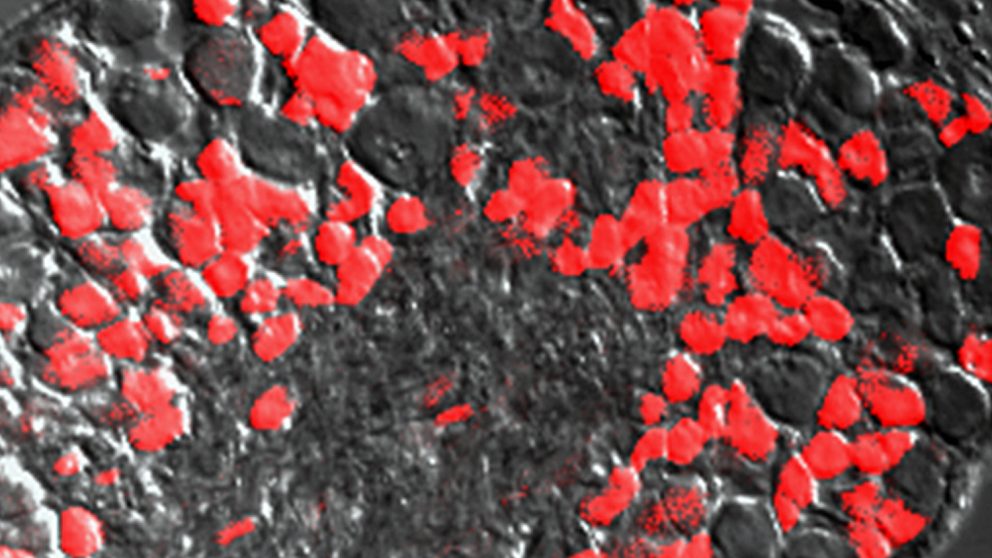Neuroscientists Find ‘Gatekeeper’ in Itching Sensations Plays No Role in Pain Transmission

A study from North Carolina State University researchers shows that a neurotransmitter involved in relaying itching sensations from the skin to the spinal cord and into the brain plays no role in pain transmission.
“For us, it’s very important to understand the neural circuits or pathways so that we can develop therapies specifically for pain or itch, instead of targeting it as a whole system,” says Santosh Mishra, assistant professor of neuroscience in NC State’s College of Veterinary Medicine and the corresponding author of a paper on the topic. “This work shines a light on these different pathways for pain and itch.”

Mishra’s team focused on a neurotransmitter called brain natriuretic peptide (BNP), which is expressed in a small number of sensory nerve cells or neurons. Mishra’s previous work at the National Institutes of Health established that, in mice, BNP is involved in transmitting itching sensations from the skin to the brain.
For this study, researchers looked at whether BNP played a role in transmitting acute, inflammatory or neuropathic pain in mice. Results were the same for regular mice and those that lacked the BNP gene. “That means BNP was not involved for any of these distinct types of pain,” Mishra says. “We know that if we target BNP, we won’t be inhibiting pain; we’ll be inhibiting itch.”
Pain or itching sensations begin when a nerve cell on the surface of the body reacts to a stimulus, starting a chain reaction that moves from cell to cell.
“Neurons react to a stimulus by depolarizing, which is how the cells talk to each other,” Mishra says. “Once it’s depolarized, a neuron releases a neurotransmitter, which starts the communication from one cell to another, moving from the periphery of the body to the central nervous system.”
The neural pathway takes the message to the spinal cord, which is connected to the brain. The brain interprets the signals from the nerves, creating the sensations of pain and itching.
“If we know how these sensations are transmitted, we can design specific drugs or therapies to block the neurotransmitters, block the receptors for the neurotransmitters or reduce the degree to which those neurotransmitters work,” Mishra says. “I call these the gatekeepers because they are sitting in between the skin and the central nervous system.”
The goal is to develop treatments that interrupt the pain or itch signals closer to the source.
“If we can block the sensation at the peripheral level, in the skin, that is a much friendlier way than to try to target the sensation once it reaches the brain,” Mishra says. “We know the importance of pain management. Studying itching sensations is a relatively new field, but if we look at the number of diseases where itch is a major symptom, it includes not only atopic dermatitis but also nervous system disorders such as multiple sclerosis, as well as infection and end stage kidney disease. This work is an initial step in gaining a better understanding.”
The paper, “Brain natriuretic peptide (BNP) expressing sensory neurons are not involved in acute, inflammatory or neuropathic pain” is published in the journal Molecular Pain. Saumitra Pitake, a postdoctoral researcher in the College of Veterinary Medicine (CVM), is the first author. Jennifer Debrecht, a researcher with CVM, contributed to the work.
A start-up fund in NC State’s CVM supported the research. Mark Hoon at the National Institutes of Health provided mice without the BNP gene for the research.
~D’Lyn Ford/ NC State News Services


